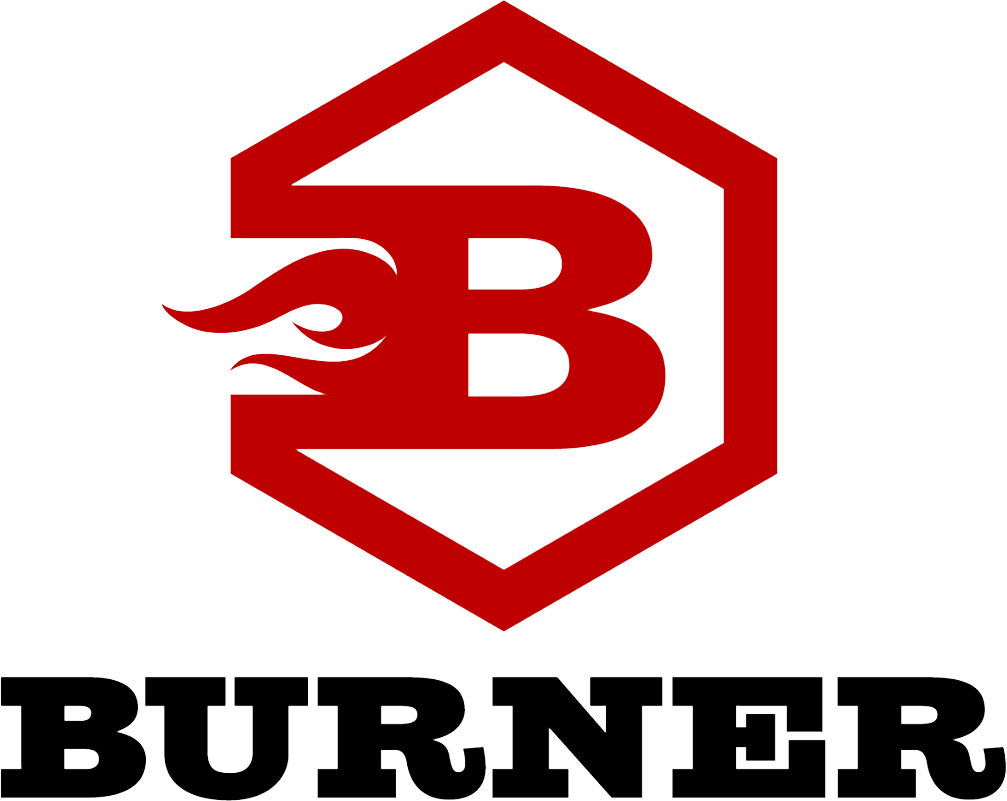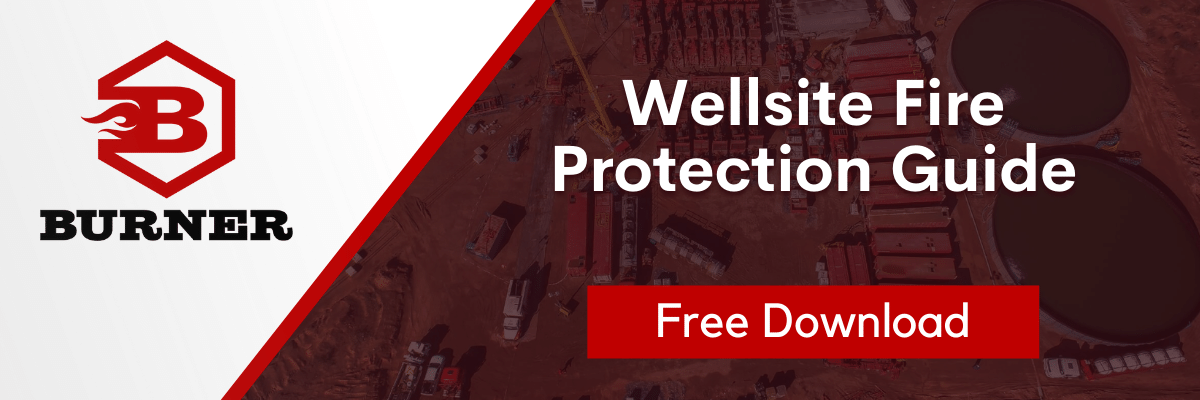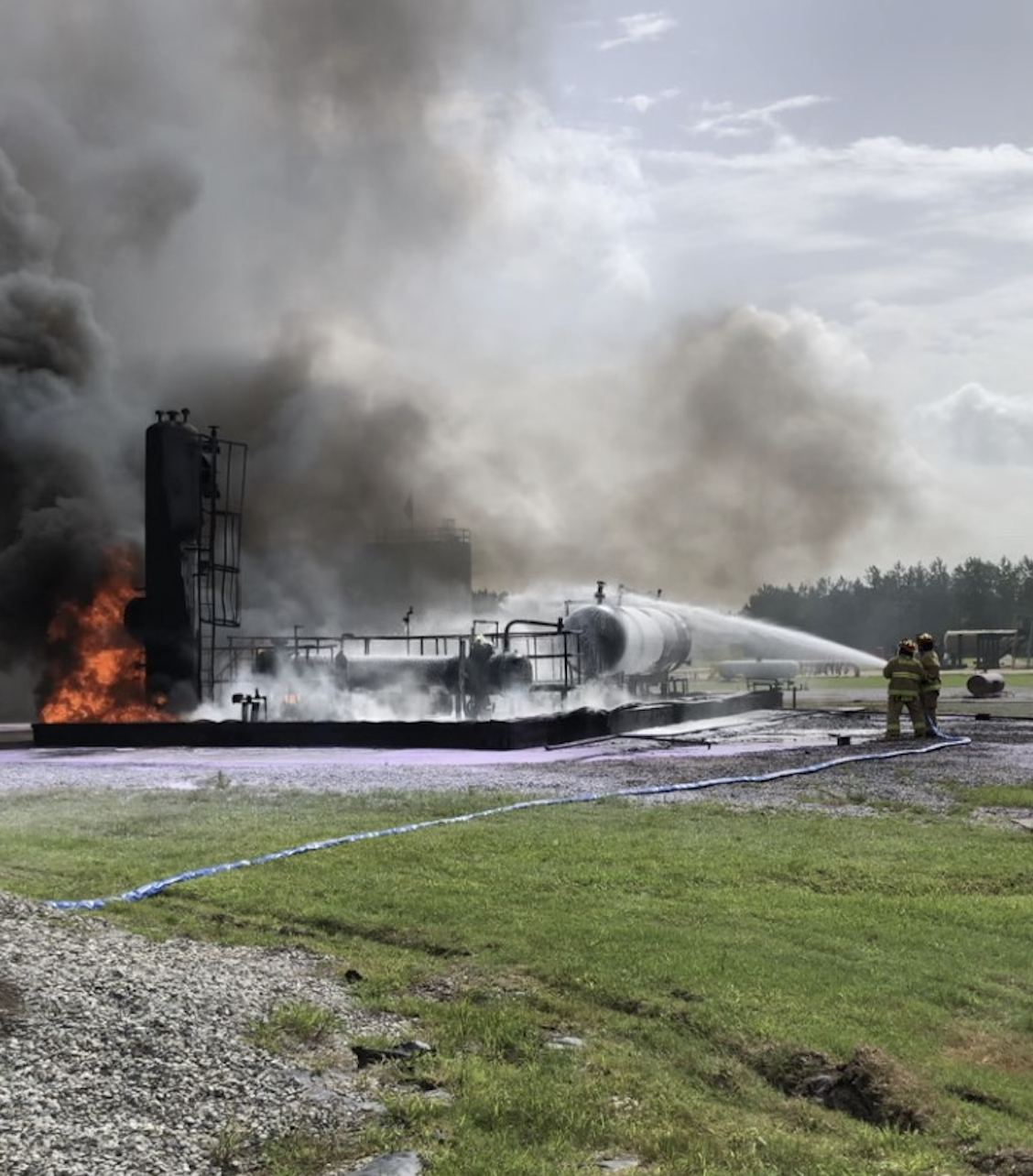
Our Compressed Air Foam Systems (Skid and Trailer Units) are effective in protecting against wellsite fire for frac operations and land-based oil & gas facilities.
Hydraulic Fracturing Wellsite Equipment – Flammable Liquid and Fluid Hazards
Operating philosophy regarding fire prevention, fire protection, fire control, and fire fighting on offshore wellsite facilities has long been a major component of standard procedure. In efforts to drive adoption of elevated standards to Land-based facilities, effective rapid response capabilities for on-site personnel are required. Adhering to minimal compliance-based fire protection capabilities forces land operator reliance on city or regional fire departments for first response, additionally, who often do not have the proper safety equipment, including frac plugs, in their fleet to effectively fight advanced-stage fires at the well pad.
All land production facility operations should place high priority in implementing the proper tools and procedures to prevent the conversion of initial hazards to advanced-stage fires. A HAZID assessment is recommended be conducted (per site) to identify fire risks that compromise personnel safety and all assets of the site operation. On the well pad, the highest risk areas are often fluid lines and frac tank storage units. Deployment of mobile self-contained fire fighting systems should be strategically positioned to cover these areas prior to start up.
All facilities should be equipped with high capacity, high output fire systems charged with the proper foam agent designed specifically for hydrocarbons and flammable liquids (Class B). Compressed Air Foam (CAF) has proven to be the dominate agent for this application as it provides the highest expansion ratio when aspirated from the proper delivery system. CAF attacks all sides of the fire tetrahedron by smothering the fire with a “foam blanket”, preventing oxygen from combining with fuel. It diminishes heat by insulation (using the trapped air within the bubble structure) reflecting radiant heat. This prevents additional fuel from reacting with the fire by providing a barrier, disrupting the chemical reaction required for fire to continue. In large hydrocarbon spills, water has proven to be virtually ineffective requiring the need for these characteristics.
Delivery systems refer to the method used to dispense the compressed air foam. The following Burner Fire Control systems utilize compressed air or nitrogen rather than pressurized air via an external power air compressor. The result is a completely mobile and self-contained Unit, requiring no external resources to actuate or discharge the system. Units can additionally be quickly recharged to respond to additional hazards.
- CAFS 60 Slide-In Skid Unit – Sized for Rapid Response SUVs, UTVs & Trucks Hose Length: 100 ft. Discharge Range: 75 ft. Finished Foam Discharged at 12:1: 720 gallons Tank: 3/16 Carbon Steel Finish: Powder Coat
- CAFS 100 Slide-in Skid Unit – Sized for Rapid Response light duty and HD Pickups Hose Length: 100 ft. Discharge Range: 75 ft. Finished Foam Discharged at 12:1: 1,200 gallons Tank: 1/4″ Carbon Steel Finish: Powder Coat
- CAFS 200 All-in-one Trailer Unit Hose Length: 100 ft. Discharge Range: 75 ft. Finished Foam Discharged at 12:1: 2,400 gallons Tank: 1/4″ Carbon Steel Finish: Powder Coat
Natural-Gas-Driven Fracturing Wellsite Equipment – Flammable Gases and Electrical Hazards
Additional Well Stimulation technologies include fully electric systems powered by natural gas-fueled turbine engine generators.
Dry Chemical Systems effectively extinguish class A, B and C hazards (using ABC or Purple K potassium bicarbonate agents) for Flammable Liquids, Gases, and Electrical Fires. Units have been designed and built from the ground up for offshore applications and extreme fire hazard areas. Multiple Dry Chemical Systems can be deployed with independent strategically placed nitrogen propelled self-contained skid units. The systems can be configured with hose reels mounted on the unit in addition remote hose reels. Unique from all other systems on the market today, the patented expulsion systems allows each hose reel to obtain the chemical through independent discharge tubes affording a constant discharge rate on demand. With a plurality of discharge tubes individually controlled, many optional installations with isolated discharges are possible. With individual manual control discharge valves to each hose reel on the skid unit, either hose reel can be actuated without charging the hose reel not in use. Either hose reel located in a remote location can be actuated independent of the other remote reel and the remaining reels on the skid unit.
Twin-Agent Dry Chemical plus Foam Systems combine the effective response of our Dry Chemical Skid Units with added flame, cooling, and blanketing vapor mitigation of pre-mixed foam suppressant. Integrated foam vessel can be configured for pre-mixed foam or compressed air foam (CAFS).
For assistance in determining required fire protection capabilities for your land wellsite location, please complete the Contact Request or call 1-800-864-4073.
If you're interested in learning more about wellsite fire protection, click below to receive our free Wellsite Fire Protection Information Guide!
About Burner Fire Control
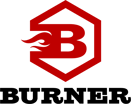 Burner Fire Control delivers complete fire protection for onshore and offshore operations as well as safety, construction, fabrication, and maintenance services. Each person on our technical management team has an average of 25 years in the industrial & marine fire safety field experience.
Burner Fire Control delivers complete fire protection for onshore and offshore operations as well as safety, construction, fabrication, and maintenance services. Each person on our technical management team has an average of 25 years in the industrial & marine fire safety field experience.
These skills plus the industry’s most respected certifications, our growing list of client credentials, and expertise in both the offshore and onshore fields make us one of the most unique privately-held organizations in the oilfield services sector.
Related Posts
System Demo: Burner 60 Gallon CAFS at LSU FETI
Burner Demonstrates Compressed Air Foam Fire Protection System at LSU FETI
Compressed Air Foam System Rapid Response
Burner Fire Control is the world's top CAFS – Compressed Air Foam Systems Manufacturer.
Compressed Air Foam for Structural Fire Fighting: A Field Test
Compressed air foam, which is a relatively new development in the realm of fire suppression...
